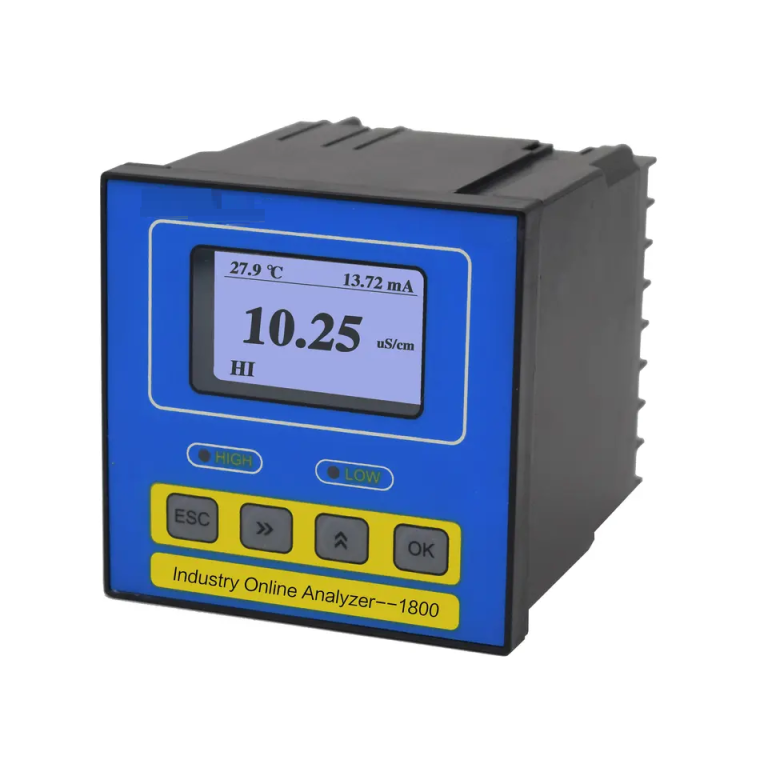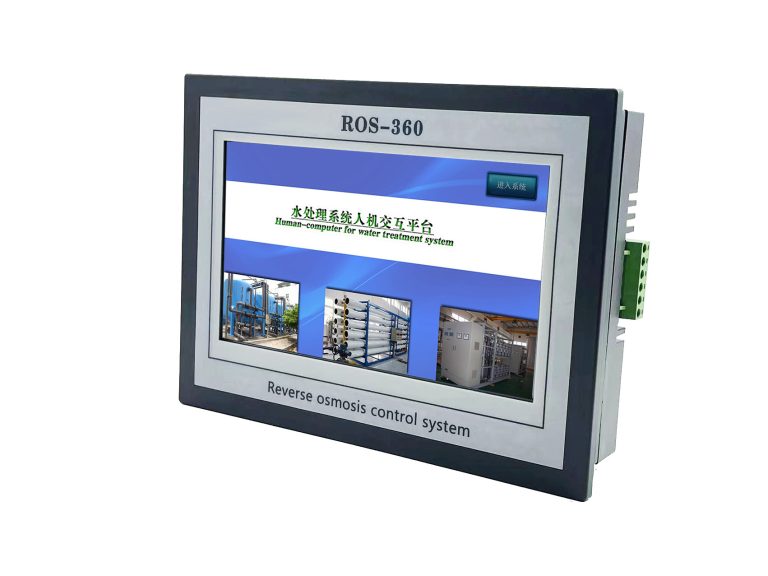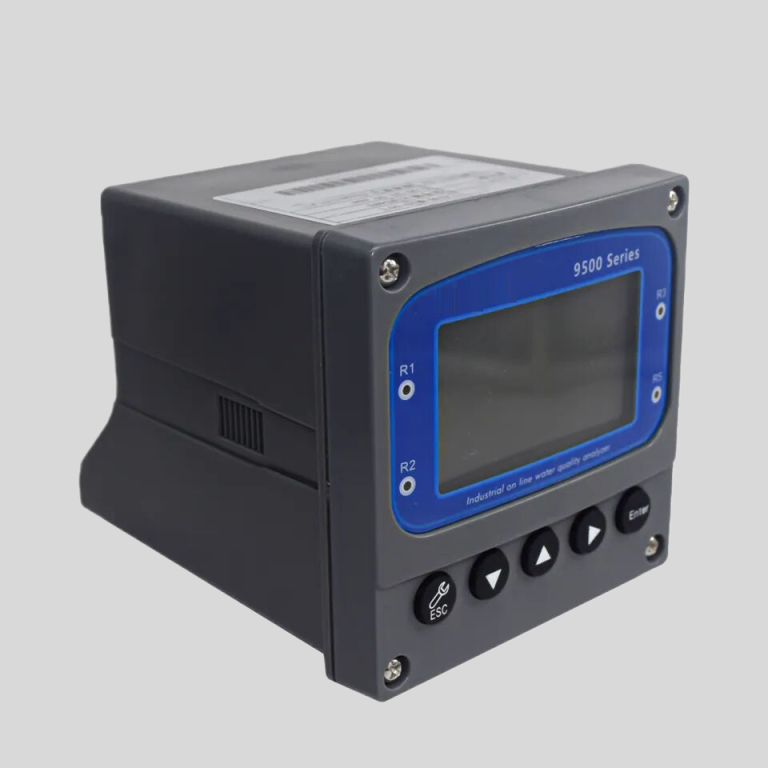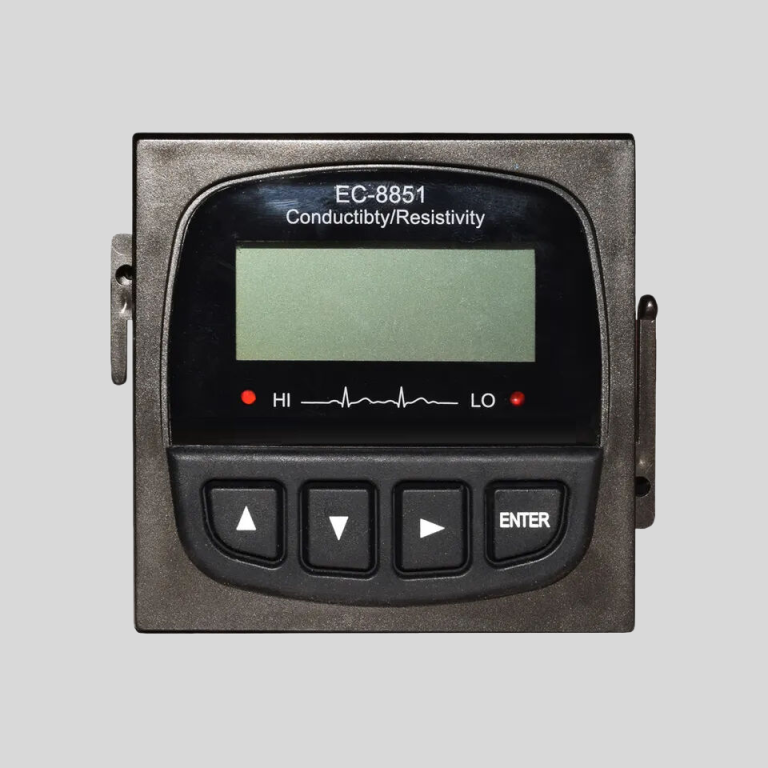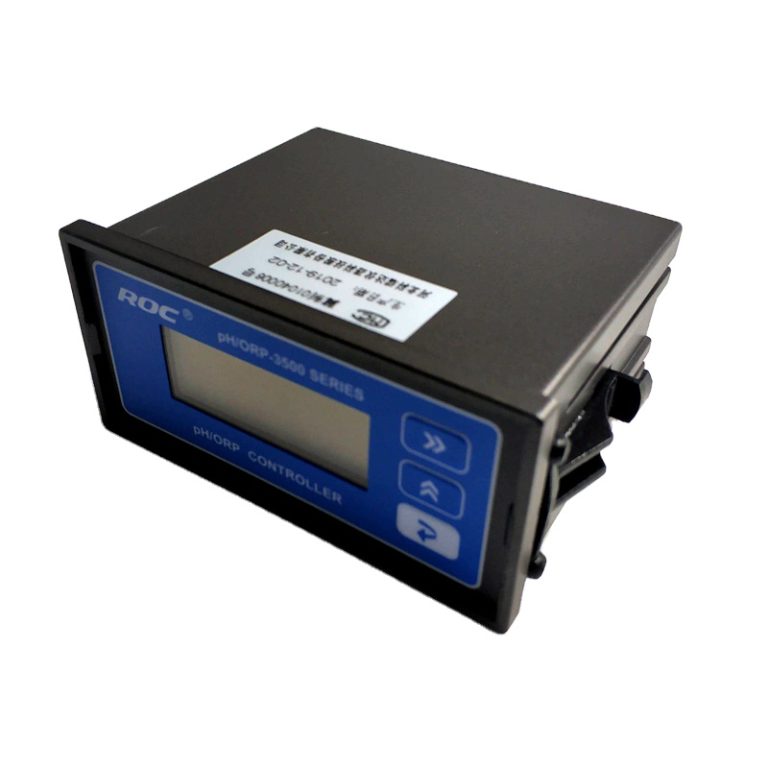軟水器のカルシウム沈着除去効果
軟水器は、カルシウムやマグネシウムなどのミネラルを水から除去するために一般的に使用されます。 「硬水」ミネラルとして知られるこれらのミネラルは、カルシウム沈着の形成など、家庭内でさまざまな問題を引き起こす可能性があります。カルシウムの堆積物はパイプ、電気器具、設備に蓄積する可能性があり、水の流れの減少、効率の低下、さらには時間の経過とともに損傷を引き起こす可能性があります。したがって、カルシウム沈着物の除去における軟水器の有効性を理解することが重要です。軟水器は、イオン交換と呼ばれるプロセスを使用して水からミネラルを除去します。柔軟剤にはナトリウムイオンをコーティングした樹脂ビーズが配合されています。水が柔軟剤を通過すると、水中のカルシウムイオンとマグネシウムイオンが樹脂ビーズに引き付けられ、ナトリウムイオンと交換されます。このプロセスにより、カルシウムなどの硬水ミネラルが水から効果的に除去されます。

モデル
| 中央チューブ | 排水 | ブラインタンクコネクター | ベース | 電源パラメータ | 最大出力 | 圧力パラメータ | 動作温度 | 外径3.5″(3″) |
| 3900 | 2″NPTF | 1″NPTM | 6″-8UN | 24v、110v、220v-50Hz、60Hz | 171W | 2.1MPa | 1 -43 | 0.14~0.84MPa |
| さらに、軟水器の再生プロセスは、カルシウム沈着物の除去におけるその有効性に影響を与える可能性があります。再生中、樹脂ビーズは洗浄され、ナトリウムイオンが再充電されます。再生プロセスの頻度と効率は、柔軟剤のモデルによって異なります。最適なパフォーマンスを確保するには、適切なメンテナンスと再生についてメーカーの指示に従うことが重要です。軟水器はカルシウムの沈着物を除去するのに効果的ですが、水からすべての微量のカルシウムを完全に除去できるわけではないことに注意することが重要です。特に超硬水の地域では、いくらかの残留カルシウムがまだ存在する可能性があります。ただし、軟化後に残るカルシウムの量は通常大幅に減少し、カルシウム沈着物の形成を最小限に抑えます。結論として、軟水器は水からカルシウム沈着物を除去するのに効果的です。軟水器で使用されるイオン交換プロセスは、カルシウムやその他の硬水のミネラルを効果的に除去し、パイプ、電気器具、設備へのカルシウムの堆積物の形成を減らします。軟水器の有効性は、水の硬度、ユニットのサイズと容量、再生プロセスなどの要因によって異なります。軟水器は微量のカルシウムを完全に除去することはできませんが、存在する量を大幅に減らし、家庭におけるカルシウムの沈着の問題の解決策を提供します。 |
The effectiveness of water softeners in removing calcium deposits depends on several factors. Firstly, the hardness of the water plays a significant role. Hardness is measured in grains per gallon (GPG) or parts per million (PPM). The higher the hardness level, the more calcium and other minerals are present in the water. Water softeners are designed to handle a certain hardness range, so it is important to choose a softener that is appropriate for the hardness level of your water.Another factor that affects the effectiveness of water softeners is the size and capacity of the unit. A larger softener with a higher capacity will be able to handle a greater volume of water and remove more calcium deposits. It is important to consider the size of your household and the amount of water you use when selecting a water softener.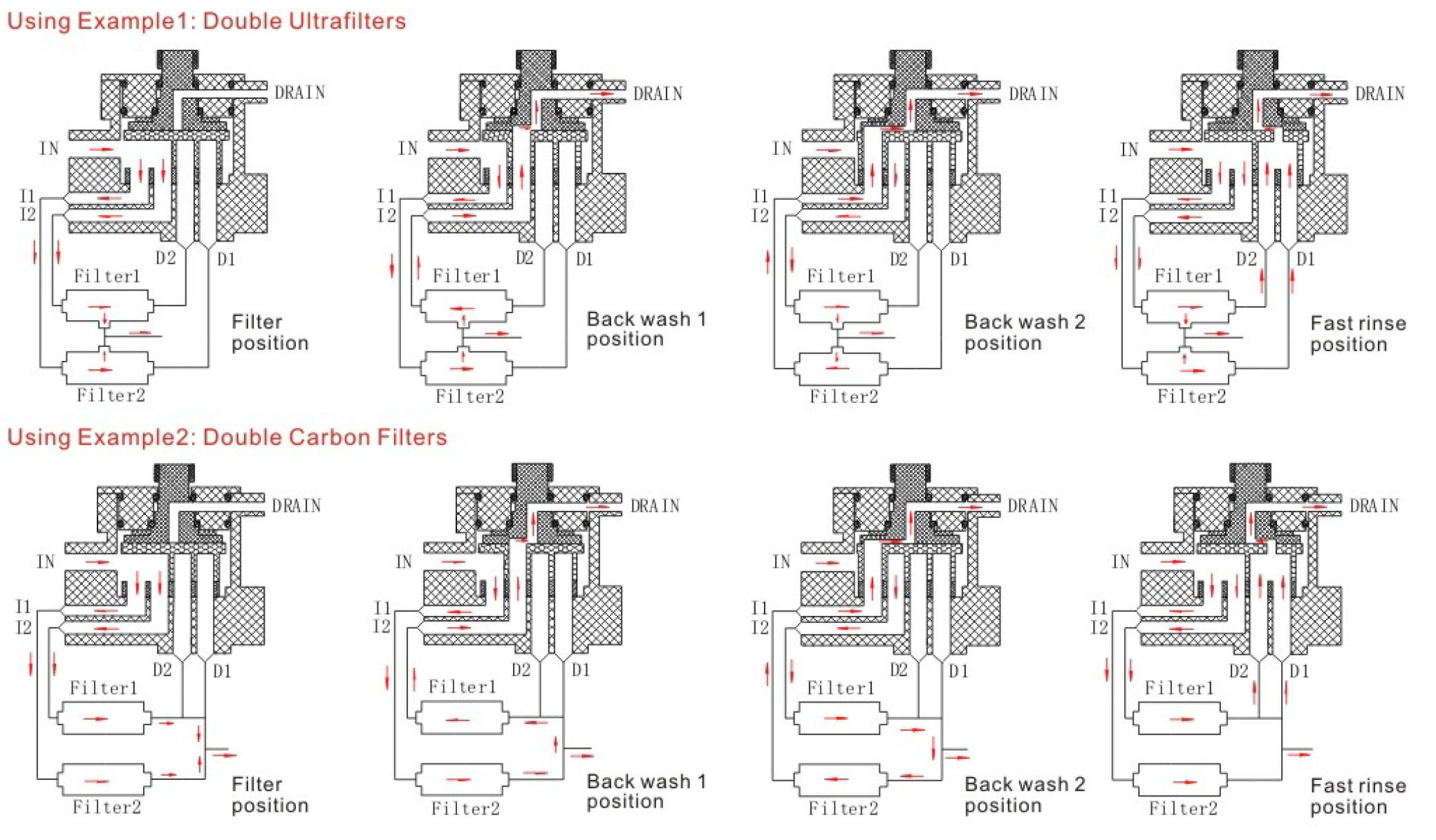 Additionally, the regeneration process of the water softener can impact its effectiveness in removing calcium deposits. During regeneration, the resin beads are cleaned and recharged with sodium ions. The frequency and efficiency of the regeneration process can vary depending on the softener model. It is important to follow the manufacturer’s instructions for proper maintenance and regeneration to ensure optimal performance.While water softeners are effective in removing calcium deposits, it is important to note that they may not completely eliminate all traces of calcium from the water. Some residual calcium may still be present, especially in areas with extremely hard water. However, the amount of calcium remaining after softening is typically significantly reduced, minimizing the formation of calcium deposits.In conclusion, water softeners are effective in removing calcium deposits from water. The ion exchange process used by water softeners effectively removes calcium and other hard water minerals, reducing the formation of calcium deposits in pipes, appliances, and fixtures. The effectiveness of water softeners depends on factors such as the hardness of the water, the size and capacity of the unit, and the regeneration process. While water softeners may not completely eliminate all traces of calcium, they significantly reduce the amount present, providing a solution to the issue of calcium deposits in households.
Additionally, the regeneration process of the water softener can impact its effectiveness in removing calcium deposits. During regeneration, the resin beads are cleaned and recharged with sodium ions. The frequency and efficiency of the regeneration process can vary depending on the softener model. It is important to follow the manufacturer’s instructions for proper maintenance and regeneration to ensure optimal performance.While water softeners are effective in removing calcium deposits, it is important to note that they may not completely eliminate all traces of calcium from the water. Some residual calcium may still be present, especially in areas with extremely hard water. However, the amount of calcium remaining after softening is typically significantly reduced, minimizing the formation of calcium deposits.In conclusion, water softeners are effective in removing calcium deposits from water. The ion exchange process used by water softeners effectively removes calcium and other hard water minerals, reducing the formation of calcium deposits in pipes, appliances, and fixtures. The effectiveness of water softeners depends on factors such as the hardness of the water, the size and capacity of the unit, and the regeneration process. While water softeners may not completely eliminate all traces of calcium, they significantly reduce the amount present, providing a solution to the issue of calcium deposits in households.

